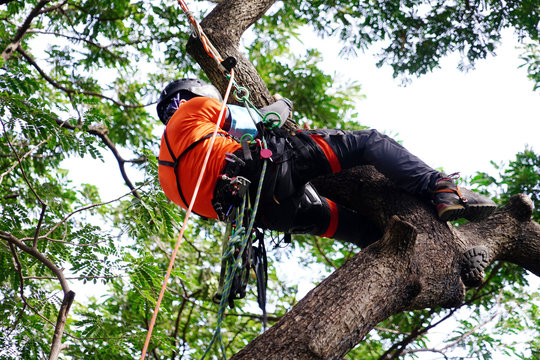Trees are magnificent additions to any property, providing shade, beauty, and environmental benefits. However, some trees become unsafe due to disease, instability, or structural damage. Recognising when a tree poses a risk is crucial for protecting your home, family, and neighbours. Understanding the warning signs can help you determine when it’s time to seek tree removal advice from a qualified expert.
Recognising a Dead or Dying Tree
One of the most obvious indicators that tree removal may be necessary is when a tree is clearly dying or already dead. A dead or dying tree becomes brittle and unpredictable, making it a significant hazard during storms or high winds. Look for branches that snap easily, bark that’s falling off in large sections, or a complete absence of leaves during the growing season. Fungal growth at the base of the trunk often signals internal decay, which compromises the tree’s structural integrity from within.
Diseased Tree Signs That Require Attention
Disease can spread quickly through a tree, weakening its structure and potentially threatening nearby vegetation. Common diseased tree signs include discoloured or spotted leaves, oozing sap, cankers on the trunk or branches, and unusual growths or mushrooms sprouting from the bark. Some diseases are treatable if caught early, but others leave the tree beyond recovery. When disease has progressed to the point where the tree’s stability is compromised, removal becomes the safest option for property protection.

Understanding Tree Leaning and Structural Instability
While some trees naturally grow at slight angles, sudden or severe tree leaning is a red flag that demands immediate attention. A tree that has recently begun to lean, especially after a storm or soil saturation, may have compromised roots or structural damage. Check the soil around the base for heaving, cracking, or exposed roots, which indicate the tree is losing its anchor. Even a gradual lean toward structures, power lines, or high-traffic areas can pose significant risks that warrant professional evaluation.
The Importance of a Tree Safety Assessment
Hazard tree identification isn’t always straightforward to the untrained eye. Many dangerous conditions develop inside the trunk or root system where they’re invisible from the outside. A thorough tree safety assessment conducted by a professional arborist involves examining the tree’s overall health, structural soundness, and proximity to buildings or utilities. Tree surgeons use specialised tools and techniques to detect hollow sections, root decay, and stress fractures that homeowners might miss.

Protecting Your Property from Unsafe Trees
The risks associated with unsafe trees extend beyond the obvious threat of falling limbs. Root systems can damage foundations, driveways, and underground utilities. Overhanging branches can compromise roof integrity or provide pathways for pests to enter your home. Taking proactive steps for property protection means addressing problematic trees before they cause costly damage or injury.
Tree removal is never a decision to take lightly, as mature trees provide irreplaceable benefits to your landscape and environment. However, when a tree poses genuine danger, swift action is essential. By staying alert to warning signs and seeking professional guidance, you can maintain a safe property while preserving the healthy trees that enhance your outdoor space. Regular inspections and maintenance are the best defense against unexpected tree failures, ensuring that your landscape remains both beautiful and secure for years to come.
Call the Professionals
Professional tree surgeons are useful for providing quality tree maintenance. They’ll be able to do routine and difficult tree care professionally and safely. If you need a professional tree surgeon we recommend West Country Tree Surgeons. They’re based near Melksham and serve the surrounding Wiltshire area. West Country Tree Surgeons provide a range of services including tree surgery, tree felling, hedge work and stump removal.
